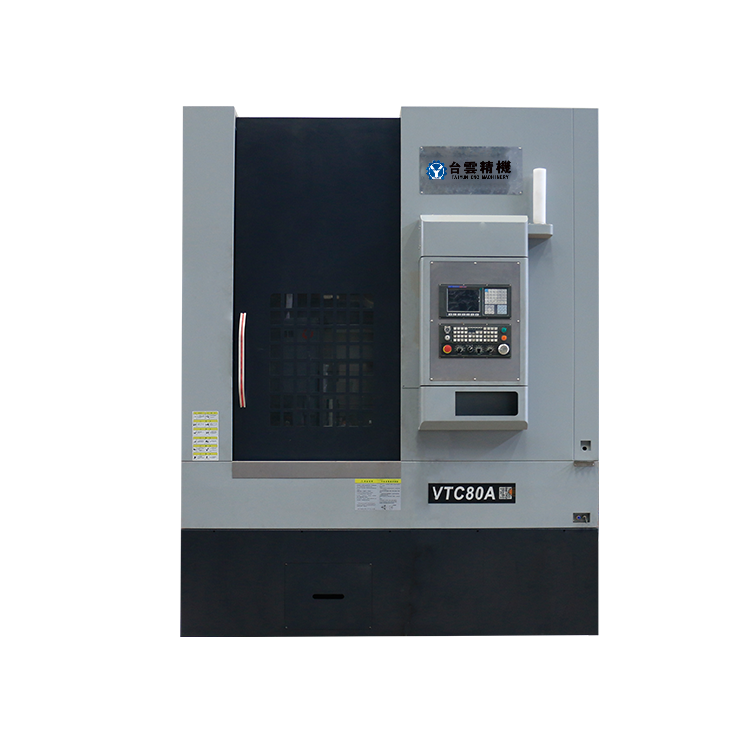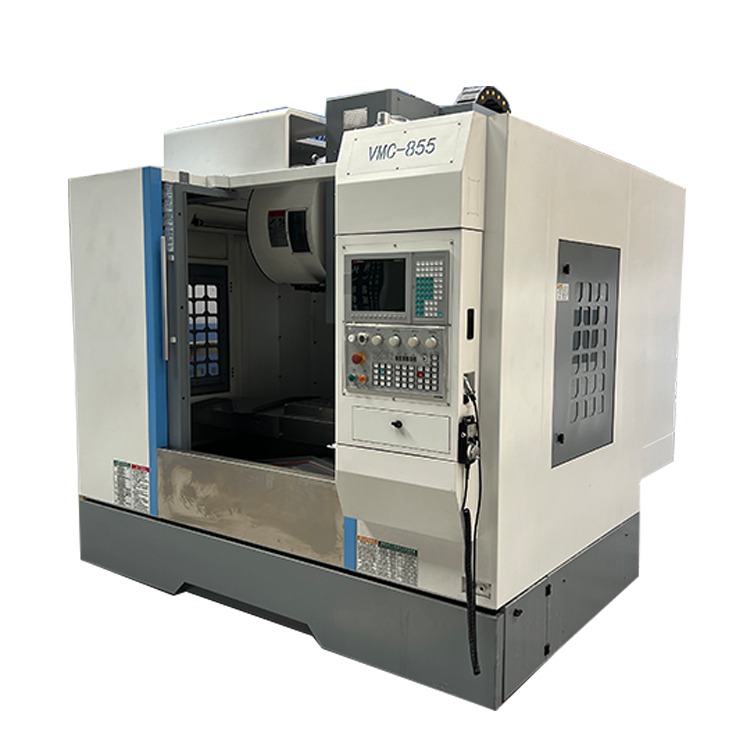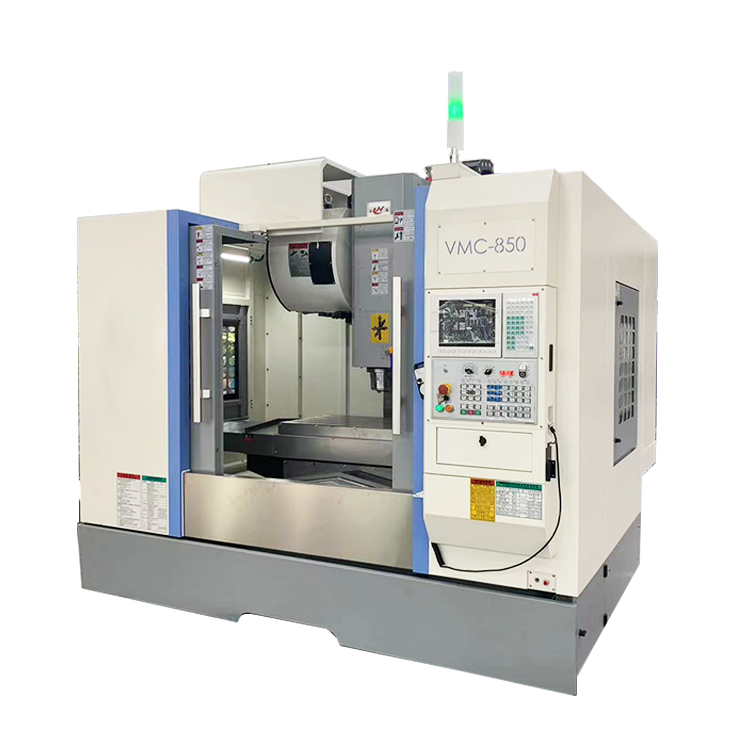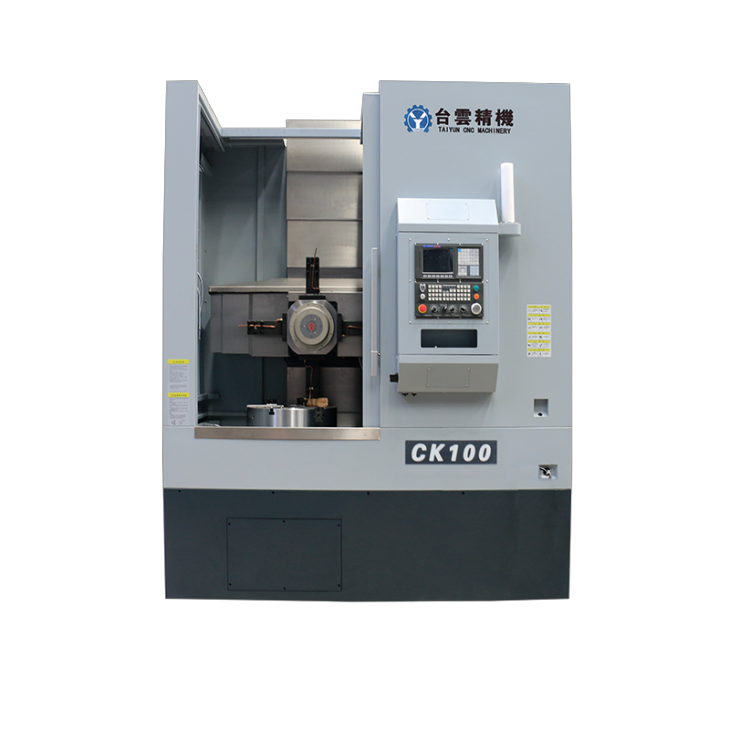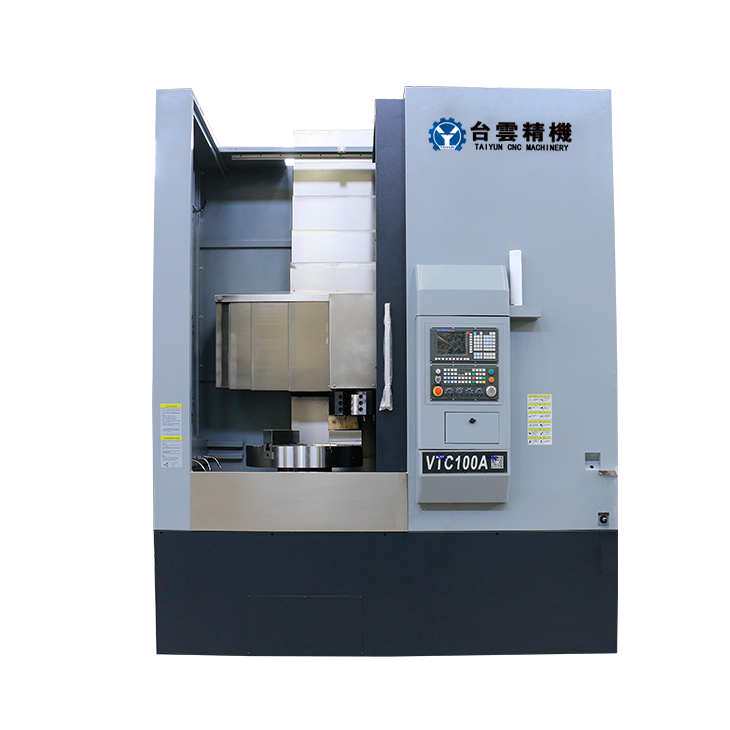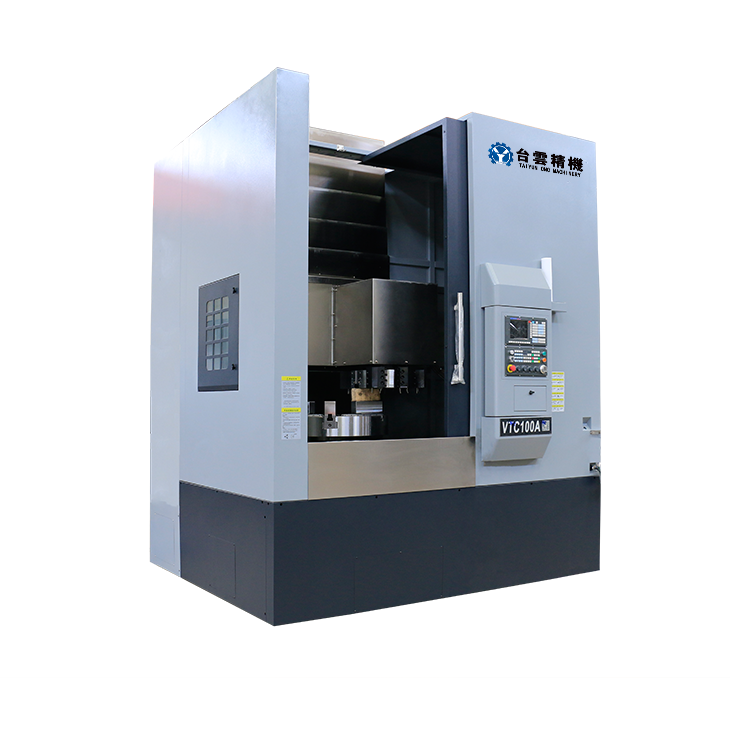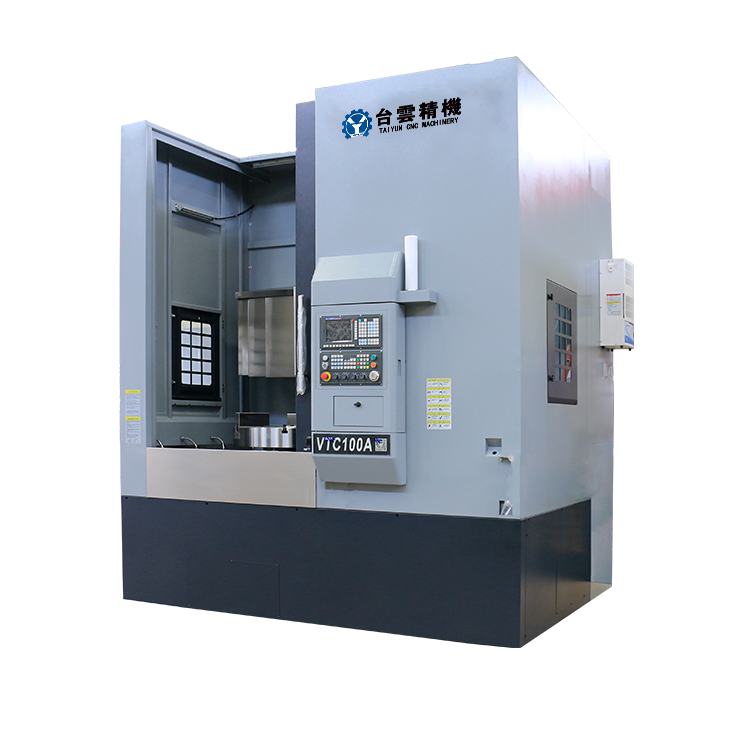- Recommended news
-
System composition of CNC horizontal machining center
2024-06-18
-
A method to solve the problem of spindle shaking in CNC lathes
2024-06-15
-
In which industry is the most widely used CNC vertical lathe?
2024-06-04
-
How to clamp the workpiece on a CNC vertical lathe?
2024-05-29
-
CNC milling machine machining center commonly used accessories
2024-05-25
-
Steps for adjusting the turret of a CNC vertical lathe
2024-05-22
Custom CNC vertical lathe
Custom CNC lathe This can involve customization of every aspect from the overall structure to the control system....
Custom CNC lathe This can involve customization of every aspect from the overall structure to the control system. Here are some general steps and considerations on how to customize a CNC lathe:
1. Demand analysis: First, clarify your processing needs. Consider the material being processed, the size and shape of the workpiece, the required machining accuracy, etc. This will help determine the specifications and performance of your CNC lathe.
2. Machine tool structure design: Design the overall structure of the machine tool according to requirements, including bed, spindle, workbench, feeding system, etc. Consider the stability, rigidity and vibration control of machine tools to ensure excellent performance in high-precision machining.
3. CNC system selection: Choose the CNC system that suits your needs. This includes controllers, servos, programming software, etc. Ensure that the CNC system can provide the required accuracy and flexibility while being easy to operate and maintain.
4. Spindle and feed system: Choose a spindle and feed system suitable for the processing materials and requirements. This involves the selection of parameters such as the spindle speed range, feed speed, and rapid movement speed.
5. Tool system: Select the tool system according to the processing requirements, including tool holder, tool holder, tool, etc. Make sure the tooling system can adapt to different types of cutting operations.
6. Automation and intelligent functions: Consider whether it is necessary to integrate automation and intelligent functions on the CNC lathe, such as automatic tool change, automatic measurement, automatic correction, etc. This improves production efficiency and processing consistency.
7. Safety and compliance: Ensure that the design complies with relevant safety standards and regulations. Taking into account the safety during operation, including emergency stop function, protective cover design, etc.
8. Customized software requirements: If necessary, consider whether customized software is needed to meet special processing needs. This may include programming interfaces, simulation tools, etc.
9. Manufacturing and debugging: Once the design is determined, manufacturing and assembly are carried out. After the machine tool is manufactured, system debugging and performance verification are performed to ensure that it meets the design requirements.
10. Training and support: Provide training for operation and maintenance personnel to ensure that they can correctly use and maintain custom CNC lathes. At the same time, after-sales support services are provided.
Custom CNC lathes can provide higher levels of flexibility and performance based on specific needs, but also require deep technical understanding and expert engineering.
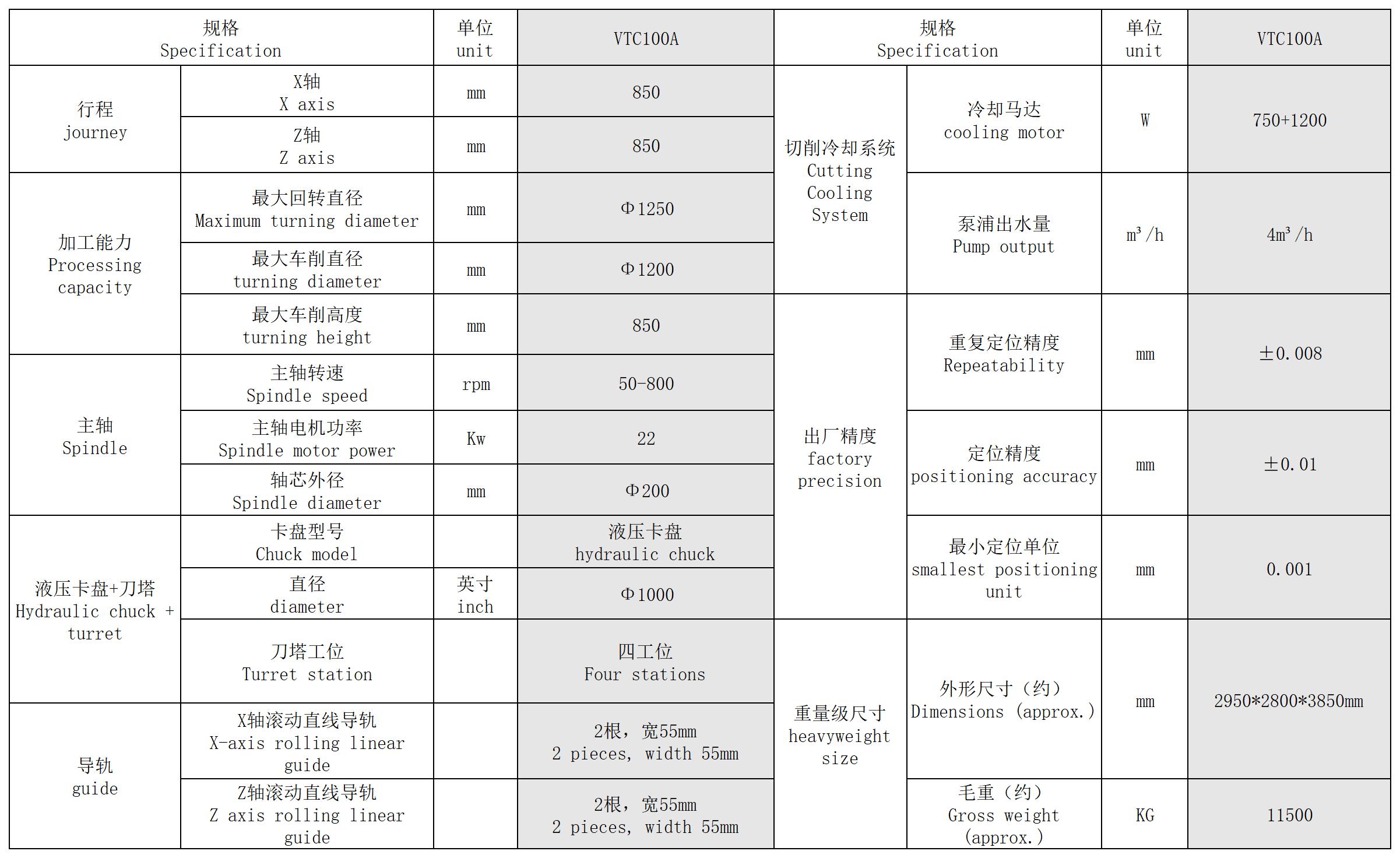

 English
English 日本語
日本語 한국어
한국어 Россия
Россия  Français
Français España
España عرب .
عرب .  Português
Português Deutsch
Deutsch भारत
भारत Нидерланды
Нидерланды
